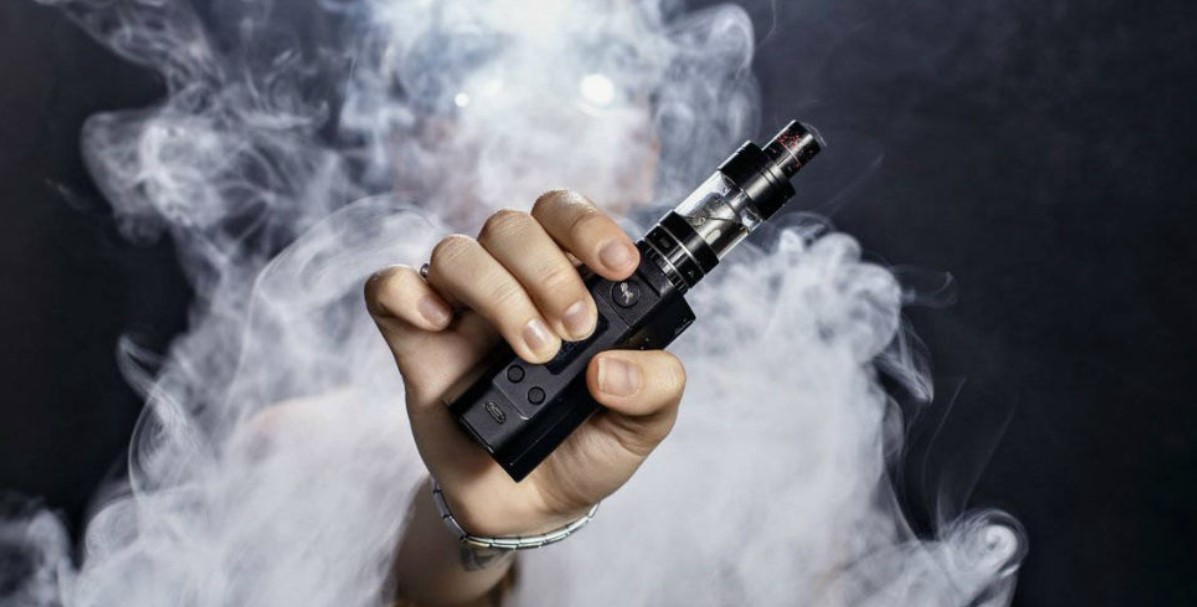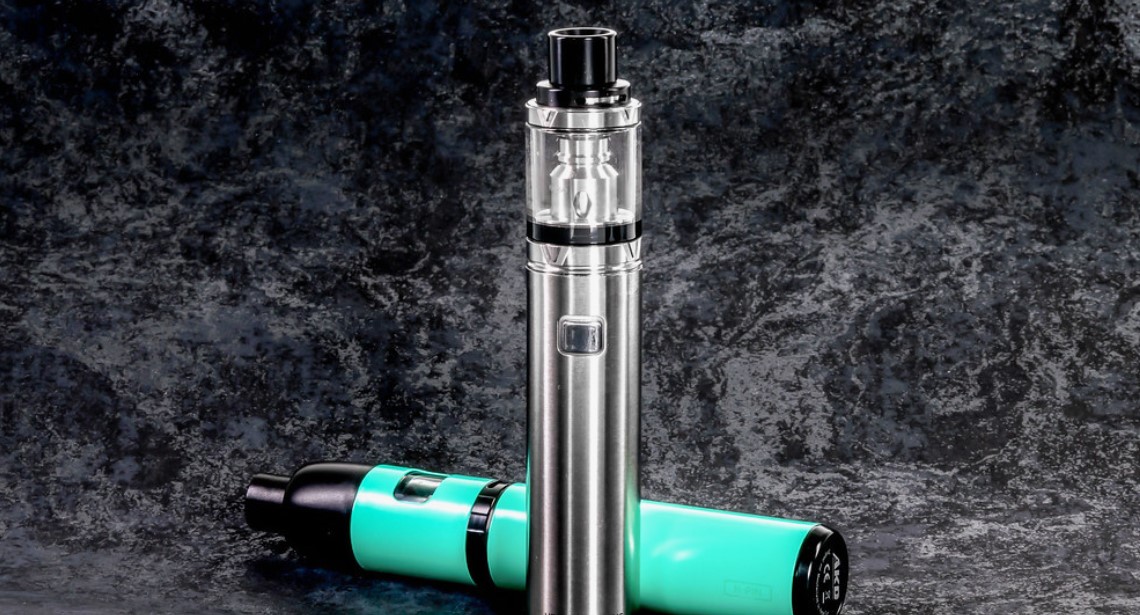Vaping, while a relatively new phenomenon, has quickly gained popularity and evolved into a multifaceted culture. Despite its rapid growth, vaping remains not entirely understood, with many interesting and lesser-known facts that often go unnoticed. This detailed exploration will delve into the history, technological advancements, health implications, and unique aspects of vaping that make it a captivating subject, including insights from Iterea.
The Origins of Vaping: Hon Lik’s Invention
Chinese pharmacist Hon Lik invented the first vape. After his father died from lung cancer, Hon Lik was determined to find a safer alternative to smoking. His invention, a device that generates steam instead of tobacco smoke, was the first modern e-cigarette. Hon Lik’s innovation was quickly adopted and improved upon by entrepreneurs worldwide, leading to the diverse and advanced vaping devices we see today. His pioneering work aimed to provide a healthier alternative and spurred an industry dedicated to innovation and harm reduction.
Vaping in Ancient Egypt
Surprisingly, vaping existed long before modern times, dating back to ancient Egypt. Egyptians used to heat herbs and oils on hot stones to produce aromatic vapors. This practice, part of their rituals and daily life, is an early form of vaping. The Egyptians believed in the therapeutic and spiritual benefits of inhaling these vapors used in both religious ceremonies and medicinal practices. This ancient technique laid the groundwork for what we now recognize as vaping, illustrating humanity’s long-standing relationship with inhaling vapor for various purposes.

Vaping Competitions: The Sport of Cloud Chasing
Vaping has evolved beyond a smoking alternative and into a competitive sport known as “cloud chasing.” Participants in vaping competitions strive to produce the largest and most impressive vapor clouds. These events, held worldwide, attract enthusiasts who use high-powered devices and specialized e-liquids to create massive clouds and perform intricate tricks. Categories often include cloud size and trick performance, fostering a community of skilled vapers pushing the boundaries of what can be achieved with their devices. These competitions highlight the creative and technical aspects of vaping, making it a unique and engaging hobby.
Terminology Restrictions in Various Countries
In countries like Italy, Australia, Denmark, Uruguay, and Belarus, it is prohibited to refer to vaping devices as “electronic cigarettes.” Despite this restriction, the sale of vapes is allowed in these nations. This regulation aims to differentiate vaping from traditional smoking, emphasizing the distinct nature of these devices. By avoiding the term “electronic cigarette,” these countries hope to reduce the stigma associated with smoking and promote vaping as a safer alternative. This distinction helps create a clearer public perception of vaping, aiding in its acceptance and integration into society.
Health Improvements from Switching to Vaping
Switching from smoking to vaping can lead to significant health improvements. A study by a team of independent scientists found that 91% of respondents experienced improved health after making the switch. Additionally, 97% of respondents reported the disappearance of chronic cough. These findings suggest that vaping can be a less harmful alternative to smoking, providing substantial health benefits. The reduction in exposure to toxic chemicals and tar, common in traditional cigarettes, contributes to these positive outcomes, showcasing vaping as a viable option for those seeking to improve their well-being.

Safety of Passive Inhalation of Vapor
Passive inhalation of vapor from e-cigarettes is considerably less harmful compared to secondhand cigarette smoke. French scientists discovered that vapor dissipates on average in 11 seconds, while cigarette smoke takes about 20 minutes to disperse. This rapid dissipation means that passive inhalation poses significantly less risk to bystanders, making vaping a more socially acceptable option in public spaces. This finding is crucial for public health, as it alleviates concerns about the impact of secondhand exposure, allowing for more lenient regulations regarding vaping in shared environments.
Chemical Composition of E-Cigarette Vapor
The composition of e-cigarette vapor is markedly different from cigarette smoke. Traditional cigarette smoke contains approximately 12,000 components, 69 of which are considered harmful. In contrast, e-cigarette vapor contains only about 80 elements, with nicotine being the primary toxic component, if present. The nicotine content in e-cigarettes can be adjusted or eliminated, making it a potentially safer option for users. This stark difference in chemical composition highlights the reduced risk associated with vaping, offering a cleaner and more controlled alternative to smoking.
E-cigarettes as Modern Gadgets
Modern e-cigarettes have transcended their original purpose and become sophisticated gadgets. Today, they can be configured and connected to computers, and information can be transferred to other devices. Programs like “My Vapor Record” allow users to connect their e-cigarettes to a laptop to configure puff parameters and monitor daily usage. These technological advancements make vaping devices highly customizable and user-friendly, enhancing the overall experience. Technology integration has transformed e-cigarettes into versatile tools catering to individual preferences and needs.

Variety of E-Cigarette Forms
E-cigarettes come in various forms, including cigars, regular cigarettes, pipes, and mods. To combat the association with traditional tobacco products, some countries prohibit the production of e-cigarettes that resemble real cigarettes. This variety caters to different preferences, helping users transition from smoking to vaping by providing familiar or distinct options. The diverse forms of e-cigarettes allow users to choose devices that best suit their lifestyle, contributing to the widespread adoption of vaping as a preferred alternative to smoking.
Global Regulations on Vaping
Vaping regulations vary widely across the globe. While vaping is generally allowed in many places, there are notable exceptions. For instance, airplane vaping is prohibited due to equipment that monitors air transparency. Additionally, countries like Mexico, Canada, and Israel have strict regulations that ban vaping in public places. These restrictions aim to control the spread of vaping and ensure public safety, reflecting differing cultural attitudes and public health priorities. Understanding these regulations is crucial for vapers, especially when traveling, to avoid legal complications.
Legal Status of Vaping in Certain Countries
In some countries, vaping is completely illegal. Nations like Thailand, Singapore, Brazil, and India have banned the import, sale, purchase, and use of vapes and related liquids. Violating these laws can result in severe penalties, including fines, confiscation of property, or imprisonment. These strict regulations highlight the ongoing debates and concerns surrounding the health and societal impacts of vaping. The legal status of vaping in these countries underscores the global disparity in how vaping is perceived and regulated, with some regions taking a more cautious approach.
Conclusion
Vaping is a complex and evolving phenomenon with a rich history and numerous intriguing aspects. From ancient Egyptian roots to modern-day competitions and technological innovations, vaping continues to shape and influence contemporary culture. Understanding these fascinating facts provides a comprehensive perspective on vaping, highlighting its potential benefits, regulatory challenges, and cultural significance. As research and innovation continue, the landscape of vaping is likely to evolve, offering new insights and opportunities for enthusiasts and researchers alike.

Cyclist, follower of Christ, ukulelist, Mad Men fan and Guest speaker. Operating at the fulcrum of aesthetics and elegance to craft meaningful ideas that endure. I work with Fortune 500 companies and startups. Tropical swift lover. I want to show people that IQOS is about the future.



